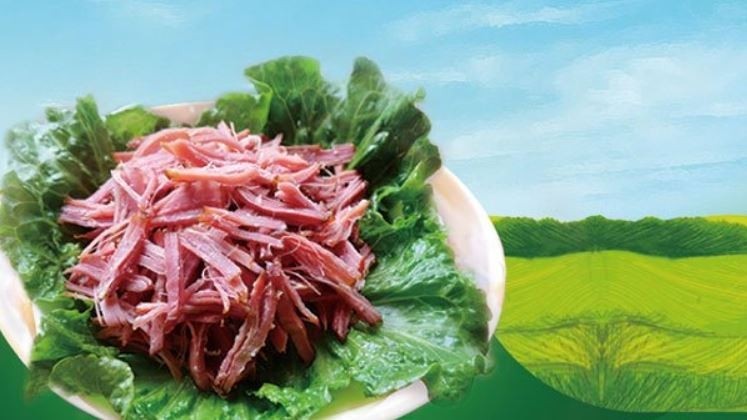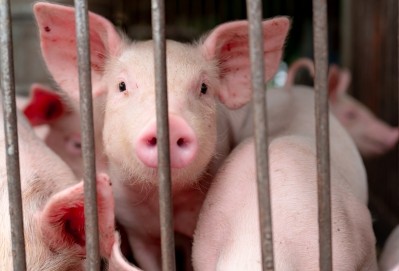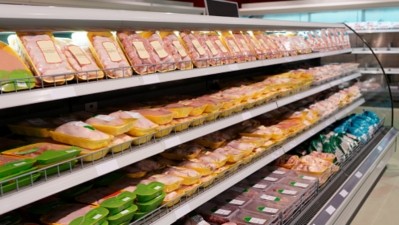US-listed Chinese pork processor reveals supermarket plans to help bolster growth ambitions

The company’s president, Xiaohui Wu, told FoodNavigator-Asia: “We intend to open our own supermarkets in Chong Qing, and nearby areas, as well as sell more variety of products such as smoked pork. We will start regional first, then nationwide.”
The company’s brand is called Penglin Xiansheng, and the firm operates its own slaughterhouse as well as production factory.
Hogs are slaughtered, packed, and delivered to local distributors who resell to smaller wholesalers and retail vendors. Other fresh products include pork byproducts, beef, lamb, and rabbit meat.
The company also manufactures shredded, pickled and processed goods.
Consumer habits
While fresh pork still accounts for most of the pork purchased by Chinese consumers, chilled and frozen goods are growing in popularity, in part due to food safety and quality concerns.
According to China-Industrial Research Institute, volume sales of chilled and frozen pork will hit 30 million tonnes by 2020, up from 20 million tons in 2015.
Fresh pork sales will reduce slightly from 32 million tons in 2015 to 29 million tons by 2020.
Wu said that 99% of fresh pork were sold mainly at farmer markets, and supermarkets, with the remaining 1% sold online.
Other growth drivers are the expansion of the middle class, increase in disposable income, and progress of urbanisation, all of which will likely drive sales rises in supermarkets.
Increase revenue
The company’s net revenue in the fiscal year ending June 30, 2018 was US$101 million, a 60% increase from 2017 (US$63 million).
According to Wu, most of the revenue (80%) was contributed by slaughterhouse, while 15% was products from the factory.
He said that the African swine fever outbreak had affected business, as well as the whole pork industry.
The company does not anticipate strong revenue growth this year as “we have to set aside additional costs to comply with the strict measures from the government.”
To help their expansion plans, their priority is to increase revenue by having full capacity production and merging with smaller slaughterhouses.
Their second priority is to increase net profit rate.
“Right now, profit rate for the company is around 4%. The average rate for the pork industry should be 6 to 8%. We want to increase the net profit rate next year.”
“We aim to achieve that by getting more funds and capital, whether it’s from equity or bank loans,” he said.
Wu said being publicly listed on the US market also meant greater opportunities.
“When the African swine fever outbreak happened in China last August, it killed millions of pigs and affected pork supply.
“We had to import frozen pork from the US to keep up with the demand.”
They are in talks with Tyson Foods, one of the largest food companies in the US, for potential collaboration.
A bacon of hope
Wu said due to the culling of pigs, supply was insufficient and unstable, causing prices to rise.
He added that it may take two years to control the swine flu situation, after which there would be a balance in supply and demand.
The government is also keen on seeing bigger players in the pork industry to help better regulate food safety.
“In five years’ time, smaller companies will disappear, while big companies will get bigger and dominate the industry,” he said.















